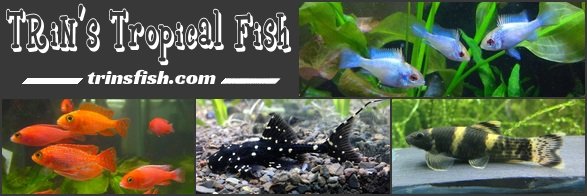Description
African Dwarf Frog (Hymenochirus spp.)
These fully aquatic frogs arrive around 1 inch in size and will grow up to about 2.5 inches. They're peaceful, hardy, and do best in groups of two or more, making them a great choice for both beginners and community tanks.
We ship them fast and carefully, so you can expect healthy, active frogs delivered straight to your door.
African Dwarf Frogs are fun to watch, easy to care for, and perfect for freshwater aquariums, especially nano tanks
African Dwarf Frog Care Guide (Hymenochirus spp.)
African Dwarf Frogs are peaceful, fully aquatic amphibians that do great in freshwater aquariums. They're fun to watch, easy to care for, and thrive when kept in small groups.
A 5-gallon tank works for a pair, but more space is always better. Ideal water temperature is between 72 and 78 degrees Fahrenheit, with a pH range of 6.5 to 7.8. Use dechlorinated freshwater and stick to gentle filtration like a sponge filter. Strong currents can stress them out.
For diet, offer bloodworms, brine shrimp, and sinking frog or tadpole pellets. Feed them three to four times a week. Since they’re slow eaters, target feeding with tongs or a turkey baster helps make sure they get enough food.
They get along well with peaceful fish like tetras, guppies, and snails. Avoid aggressive or fast-eating fish that might out compete them at feeding time.
Use soft sand or smooth gravel for substrate. Add hiding spots like caves, driftwood, and live or silk plants. These frogs are most active in low light, so dim to moderate lighting is ideal.
A few things to avoid: never house them with African Clawed Frogs since those get much larger and may eat them. Make sure your tank lid is secure because African Dwarf Frogs are known escape artists. Also watch for overfeeding. Uneaten food can quickly dirty the water.
Breeding African Dwarf Frogs
Breeding is possible at home with the right setup and patience. These frogs are egg layers and will spawn in captivity when conditions are just right.
Males are smaller and may hum or sing to attract a mate. Females are larger and rounder when ready to breed. If a male grabs a female behind her arms, that’s amplexus, a common breeding behavior.
Set up a separate 10-gallon breeding tank. Raise the temperature to 78 to 80 degrees and lower the water depth to 6 to 8 inches. Use dim lighting and provide floating plants or spawning mops where the female can scatter her eggs. Stick with a sponge filter only, as stronger filters can pull in eggs or tadpoles.
During spawning, the male will hold onto the female while she lays eggs, usually between 100 and 300. The eggs will stick to glass, plants, and decor. Remove the adults after spawning to prevent them from eating the eggs.
Eggs hatch in 2 to 3 days. Tadpoles begin free-swimming around day 5 to 7. Start them on infusoria or liquid fry food, then move to baby brine shrimp and finely crushed flakes as they grow.
They become froglets in about 6 to 8 weeks. Once their legs develop and they absorb their tails, lower the water level and make sure they can easily reach the surface to breathe.
Keep the water clean by gently siphoning and using a turkey baster to remove leftover food. Frequent small water changes work better than large ones for maintaining stable conditions.
If you want to try breeding, we offer healthy, well-cared-for African Dwarf Frogs at Trin’s Tropical Fish. Starting with a group of three or four gives you the best chance for success.


